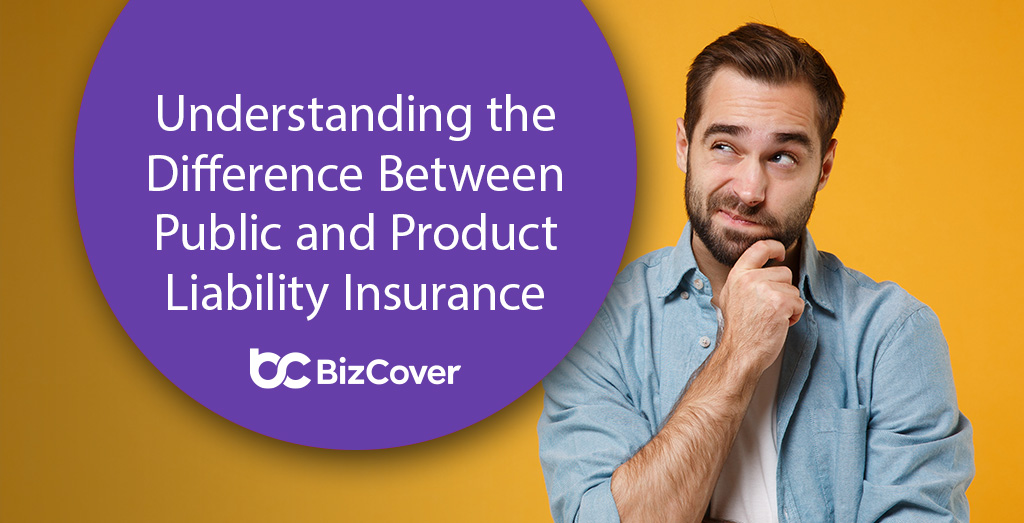Public Liability Insurance

Public liability insurance is a type of insurance that protects businesses and individuals from financial losses resulting from claims made by third parties who have suffered bodily injury or property damage due to the insured’s negligence or wrongdoing.
Public liability insurance covers a wide range of scenarios, including:
- Bodily injury to a member of the public, such as a customer, visitor, or passerby
- Damage to property belonging to a third party, such as a customer’s car or a neighbor’s fence
- Legal costs and expenses incurred in defending a claim, even if the claim is ultimately unsuccessful
Having public liability insurance provides several benefits, including:
- Financial protection against claims and lawsuits
- Peace of mind knowing that you are covered in the event of an accident
- Improved customer and public relations by demonstrating that you are a responsible business
Product Liability Insurance
Product liability insurance protects businesses from financial losses resulting from injuries or damages caused by their products. It covers claims made by consumers, users, or third parties who allege that a product is defective or unsafe.
Types of Businesses That Need Product Liability Insurance
Any business that manufactures, distributes, sells, or services products should consider product liability insurance. This includes:
- Manufacturers
- Distributors
- Retailers
- Service providers
- Importers
Key Features of Product Liability Insurance Policies
Product liability insurance policies typically include the following key features:
- Coverage for bodily injury and property damage: This covers claims for injuries or damages sustained by individuals or their property due to a defective product.
- Legal defense costs: This covers the costs of defending against product liability lawsuits, regardless of whether the business is found liable.
- Product recall expenses: This covers the costs associated with recalling a defective product from the market.
- Coverage limits: This sets the maximum amount that the insurer will pay for each claim.
- Deductibles: This is the amount that the business must pay out of pocket before the insurance coverage kicks in.
Differences between Public and Product Liability Insurance
Public and product liability insurance are two distinct types of insurance policies that provide coverage for different types of risks. It’s important to understand the differences between these two policies to ensure that you have the right coverage for your business.
Public liability insurance protects businesses from claims made by members of the public who have been injured or suffered property damage as a result of the business’s activities. Product liability insurance, on the other hand, protects businesses from claims made by customers who have been injured or suffered property damage as a result of using the business’s products.
Coverage
The coverage provided by public and product liability insurance policies varies depending on the specific policy. However, in general, public liability insurance policies cover claims for:
- Bodily injury
- Property damage
- Medical expenses
- Legal costs
Product liability insurance policies, on the other hand, cover claims for:
- Bodily injury
- Property damage
- Medical expenses
- Legal costs
- Product recall costs
Exclusions
There are a number of exclusions that apply to both public and product liability insurance policies. These exclusions vary depending on the specific policy, but some common exclusions include:
- Intentional acts
- Criminal acts
- Acts of war
- Nuclear accidents
Limitations
There are also a number of limitations that apply to public and product liability insurance policies. These limitations vary depending on the specific policy, but some common limitations include:
- Policy limits
- Deductibles
- Exclusions
Importance of Understanding the Distinctions
It’s important to understand the distinctions between public and product liability insurance in order to make sure that you have the right coverage for your business. If you’re not sure which type of insurance you need, it’s a good idea to talk to an insurance agent who can help you assess your risks and choose the right policy for your needs.
Legal Considerations
Public and product liability insurance hold significant legal implications, providing protection against financial and legal consequences arising from claims of bodily injury, property damage, or financial loss caused by your products or services. These policies are crucial in safeguarding your business from potential lawsuits and ensuring compliance with legal obligations.
Understanding the legal implications of these insurance policies is essential for businesses to manage risks effectively. Without adequate coverage, you may face substantial financial burdens, legal fees, and potential business interruptions due to legal proceedings.
Case Studies
Consider the following case studies to illustrate the role of public and product liability insurance in legal disputes:
– A customer suffered an injury due to a defective product manufactured by a company. The company’s product liability insurance provided coverage for the medical expenses, legal fees, and settlement costs associated with the claim.
– A visitor slipped and fell on a wet floor in a retail store. The store’s public liability insurance covered the medical expenses and damages awarded to the injured party.
Cost and Premiums
The cost of public and product liability insurance premiums can vary depending on several factors, including the size of your business, the industry you operate in, your claims history, and the level of coverage you need.
Factors Influencing Cost
- Business Size: Larger businesses with more employees and higher revenue typically pay higher premiums.
- Industry: Businesses operating in high-risk industries, such as construction or manufacturing, generally pay higher premiums.
- Claims History: Businesses with a history of claims will likely pay higher premiums.
- Coverage Level: The higher the coverage limits, the higher the premiums.
Tips for Reducing Costs
- Shop Around: Compare quotes from multiple insurance providers to find the best rates.
- Increase Deductibles: Increasing your deductible can lower your premiums.
- Implement Risk Management Measures: Taking steps to reduce the risk of accidents and claims can help lower premiums.
- Maintain Good Claims History: Avoiding claims can help keep your premiums low.
- Consider Bundling Coverage: Bundling public and product liability insurance with other types of insurance, such as general liability insurance, can sometimes result in lower premiums.
Range of Premium Costs
The following table provides a range of premium costs for public and product liability insurance, based on industry and business size:
| Industry | Business Size | Premium Range |
|---|---|---|
| Construction | Small | $500 – $2,000 |
| Manufacturing | Medium | $1,000 – $5,000 |
| Retail | Large | $2,000 – $10,000 |
Note: These are just estimates, and actual premiums may vary depending on the specific factors mentioned above.
Best Practices for Managing Liability Risks
Proactively managing public and product liability risks is crucial for businesses of all sizes. Implementing effective strategies can help minimize potential financial losses, reputational damage, and legal liabilities.
To effectively manage liability risks, businesses should adopt the following best practices:
Regular Risk Assessments
Conducting regular risk assessments is essential for identifying potential hazards and vulnerabilities within the business operations. These assessments should consider various factors such as:
- Premises safety and maintenance
- Product design and manufacturing processes
- Employee training and supervision
- Contractual agreements with third parties
Insurance Policy Reviews
Businesses should regularly review their public and product liability insurance policies to ensure adequate coverage and alignment with changing risks. This involves:
- Assessing the limits of liability and deductibles
- Verifying coverage for specific risks and exclusions
- Consulting with insurance professionals for expert advice
Employee Training and Supervision
Adequately training and supervising employees is critical for minimizing liability risks. Training should focus on:
- Safety protocols and emergency procedures
- Product handling and customer interactions
- Legal obligations and ethical responsibilities
Contract Management
Businesses should carefully review and negotiate contracts with third parties, including vendors, suppliers, and customers. These contracts should clearly define liability responsibilities and provide appropriate indemnities.
Incident Reporting and Investigation
Establishing a robust incident reporting and investigation system is crucial for promptly addressing potential liability issues. This system should include:
- Clear procedures for reporting incidents
- Thorough investigations to determine root causes
- Corrective actions to prevent similar incidents
Documentation and Record-Keeping
Maintaining accurate and detailed records of all relevant documents is essential for defending against liability claims. This includes:
- Risk assessments and insurance policies
- Employee training records
- Incident reports and investigations






